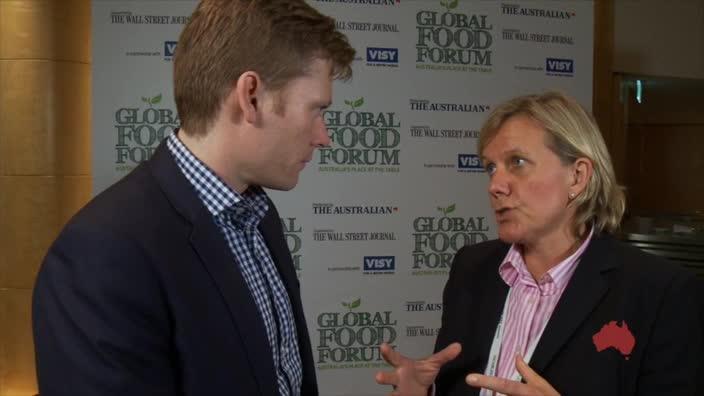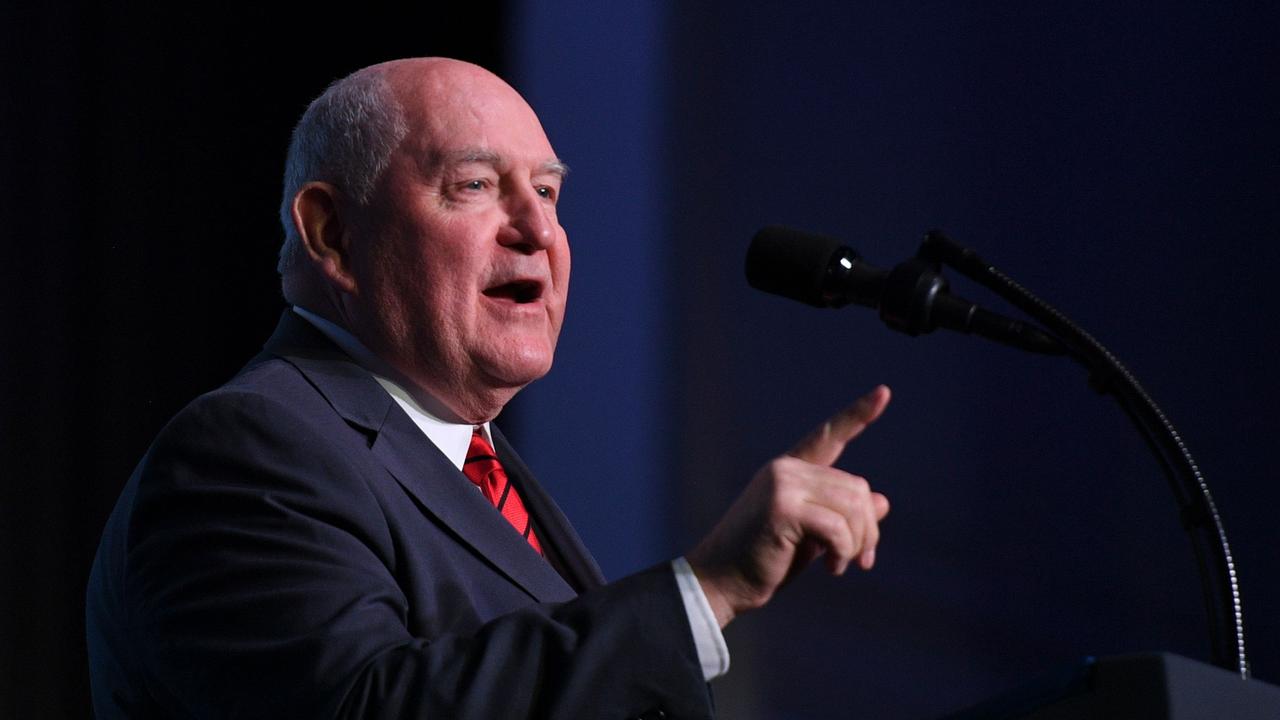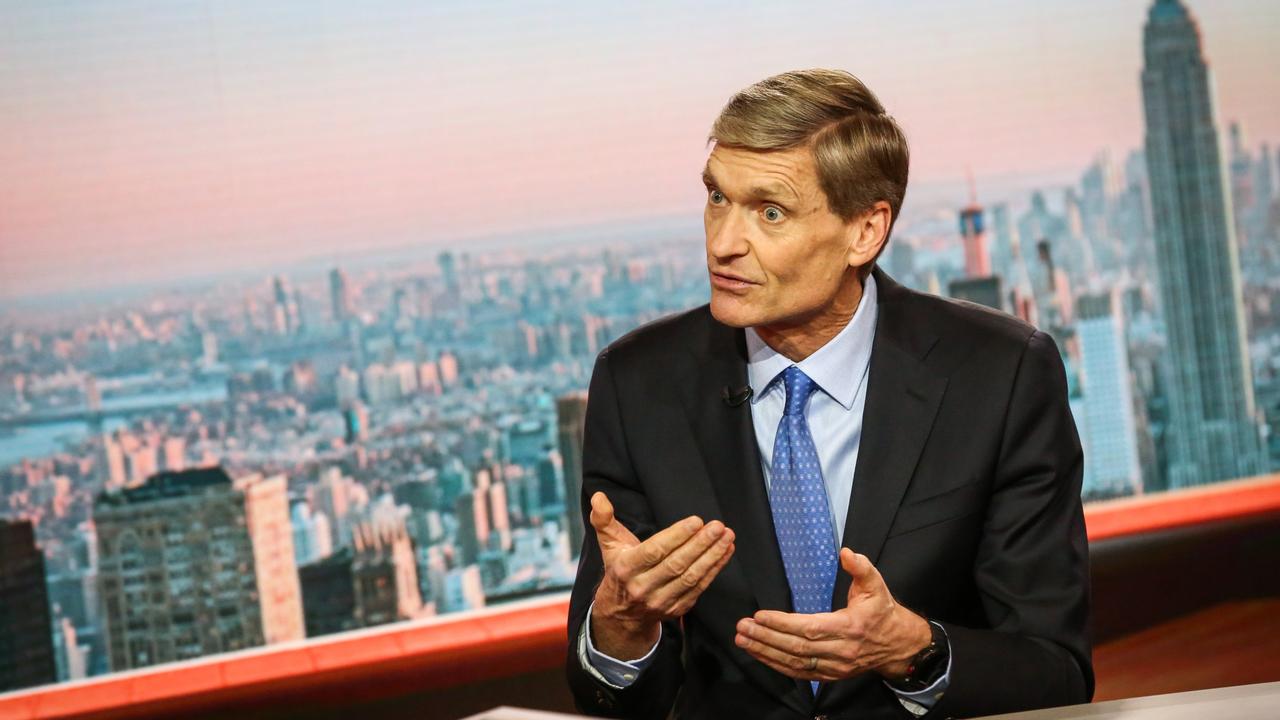
WHILE Australian agribusiness looks wistfully at the expanding Asian food market, our competitors across the Tasman have been quietly milking it for all it is worth.
It is not for nothing that some now refer to New Zealand as the Saudi Arabia of lactose. This year the country’s export earnings per capita from dairy will be more than Australians will earn from iron ore.
The extraordinary pace of the New Zealand dairy industry’s expansion is Australia’s inspiration and reproach. In a business that essentially turns water into protein, New Zealand is clearly playing to its strengths.
It would be wrong, however, to dismiss it as merely a lucky break. New Zealand dairy is reaping the rewards for investment, audacity and a stringent focus on costs, a process assisted by the near-complete dominance of one player, Fonterra.
It is little wonder, then, that New Zealand loomed large in discussions at The Australian’s Global Food Forum last week.
There was a noticeable change of mood from last year, when the strength of the dollar and the investment drought were high on the list of concerns.
This year there appeared to be a collective realisation that it was pointless making excuses. The expanding middle class food market in China is there to be served, and New Zealand is showing how it can be done.
Ten years ago Australia had a respectable 15 per cent share of the global dairy export market, and New Zealand enjoyed a not dissimilar share.
But while Australian milk production has been slipping by 1.7 per cent a year on average, annual production in New Zealand has been growing at 3.5 per cent.
This year Australia will supply just 7 per cent of the international traded market, but New Zealand will enjoy a 36 per cent year.
In fact there are now more dairy cows than people in New Zealand, but it is hardly a laughing matter. Coles departing chief executive Ian McLeod told the forum there would be 1.8 billion more affluent people in the world by 2025 before posing the question, “what is holding us back?”
The answer, in a word, is costs. Labour costs in Australia are the sixth-highest in the world; New Zealand is in 17th position.
Regulation has been multiplying faster than the population, says McLeod. Australia is more heavily regulated than Iran or Zimbabwe.
Multi-factor productivity in Australia has gone backwards in seven out of the past 10 years. Put simply, says McLeod, we are “paying ourselves more and taking longer to produce less”.
Australians test the patience of foreign partners by equivocating on foreign investment.
“Australia has to recognise that it is in a competitive market and there are other countries out there that also see that opportunity,” says McLeod. We must learn to be “more efficient, more effective and more welcoming”.
A discussion between the chief executives of Australia’s biggest two dairy producers — Gary Helou of Murray Goulburn and Judith Swales of Fonterra Australia — highlighted how far Australian lags behind.
The Australian’s John Durie, who moderated the session, pointed out that 10 years ago Fonterra’s New Zealand parent company and Murray Goulburn were roughly the same size.
This year Fonterra announced revenues of $11.4 billion. Murray Goulburn’s are likely to be a quarter of that.
“Our biggest impediment is that we are too inward-looking … we tend to focus on the domestic market and in particular Coles and Woolworths,” says Helou.
“The way forward (is) to engage people on the ground in Asia.”
Helou’s big call for the day was that the eight biggest processors in the domestic market will eventually become four, to the benefit of the industry as a whole. The efficiency dividend will give Australia “thumping power”, Helou says.
The market is growing fast. Ten years ago China imported less than $500 million worth of dairy produce a year. Now it’s more than $6bn.
Within 10 years, predicts Swales, there will be a global milk shortfall of 100 billion litres a year; that’s roughly ten times Australia’s total production.
Australia should reasonably aspire to supply up to 5 per cent of the gap in the expanding market, says Swales. But it will require consolidation in farming as well as among producers.
“There is still a role for farming families in Australia but I think we’re going to see the rise of the corporate farmer; much bigger scale, much more efficient, much better access to capital,” Swales says.



